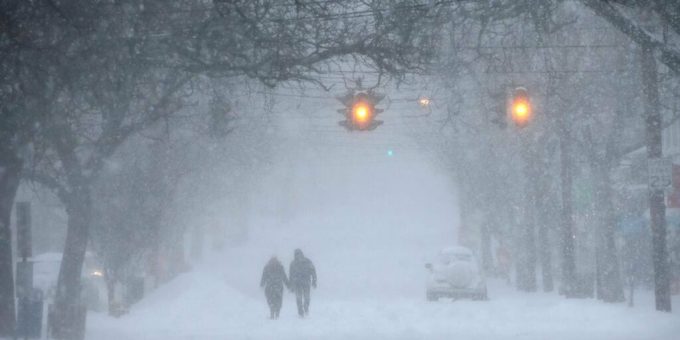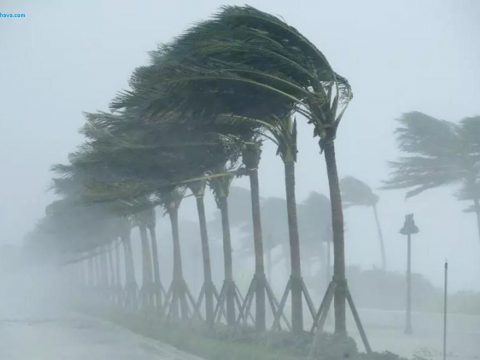
Before it snows, a series of chemical and physical processes must take place. It may not be magic, but it is no less impressive. Snow starts out as water vapor. Water on Earth, for example from lakes or rivers, rises into the air as steam due to heat and eventually forms clouds. The higher the steam, the colder it is and the less pressure there is in the atmosphere. As a result, water vapor molecules are very mobile and do not bind together. If a cloud is cold enough, i.e. around -12°C, molecules are deposited around the smallest dust particles in the air. Molecules consist of two hydrogen atoms and one oxygen atom, which are at an angle to each other. A hexagon is always formed when molecules are placed around particles. This is how snowflakes take the typical crystal form.
Water vapor molecules form at each corner of the hexagon until the cloud is too heavy to stay in the air and the molecules fall as snowflakes.


